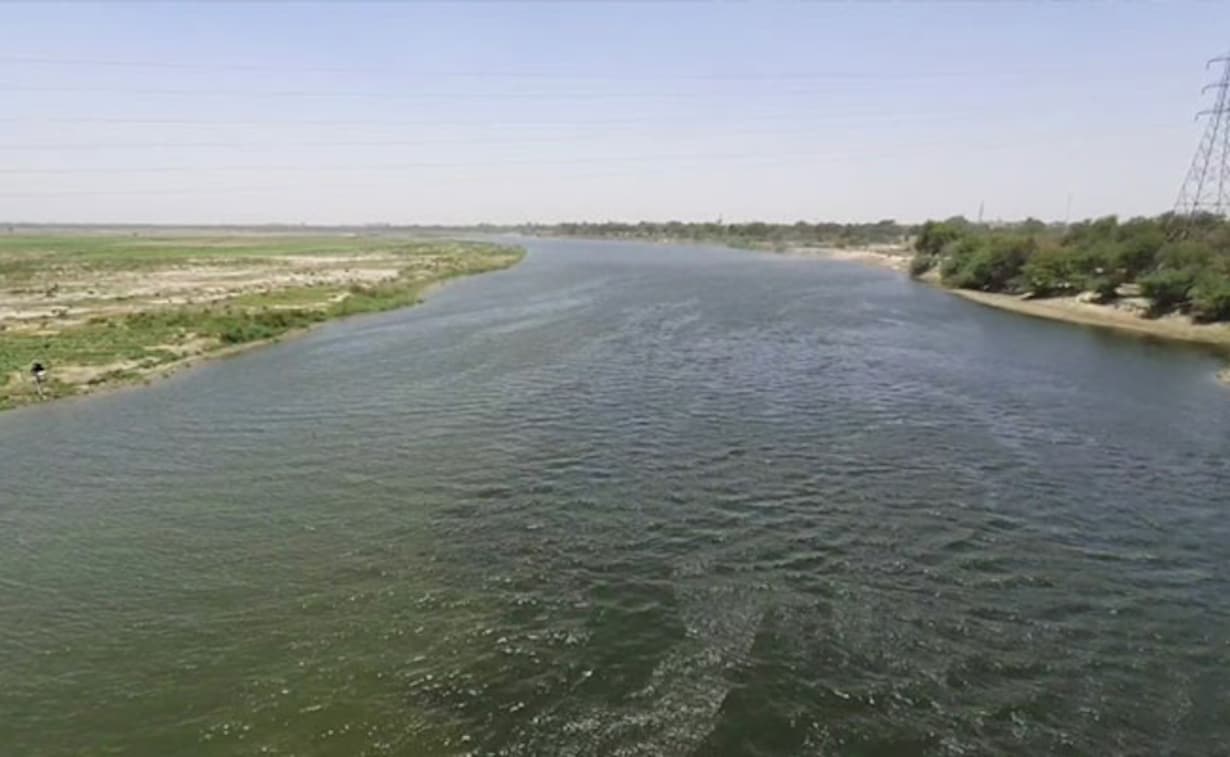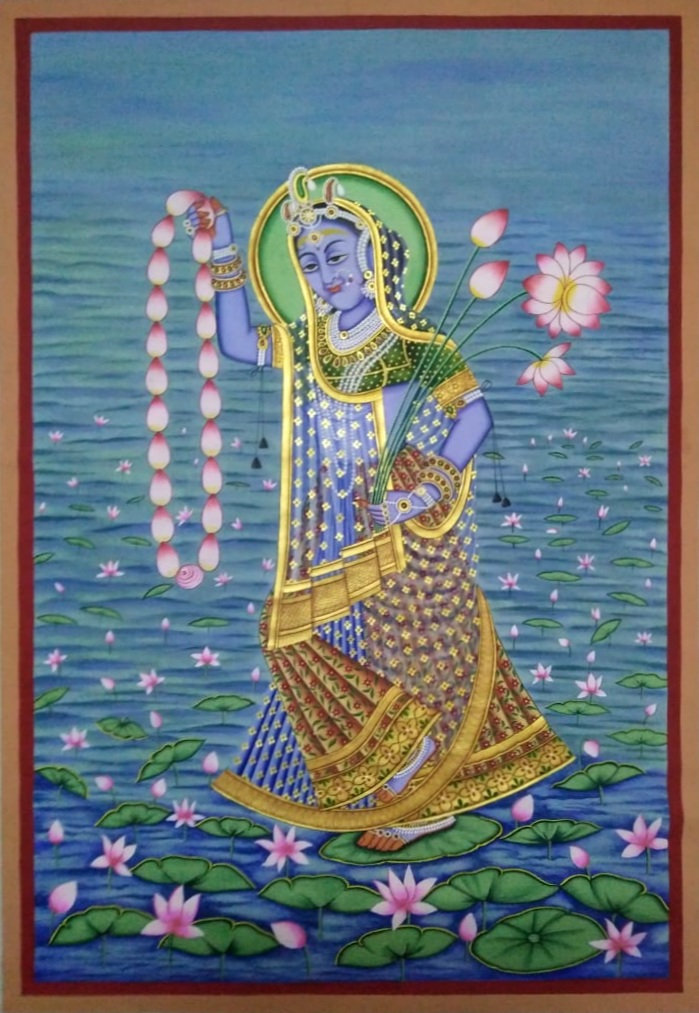River Yamuna

Religious Significance
River Yamuna is revered by millions of Hindus as the blue-coloured (nila-varna) Goddess Jamunaji. According to legends, she is the daughter of the Sun God and the twin-sister of Yama, the Hindu God of death. The Goddess is believed to have come down from the heavens to sanctify the world. As she first came to rest on the peaks of the mountain Kalinda (in the Himalayas), she is also referred to as Kalindini.
The river is also intimately associated with Lord Krishna and his innumerable leelas (divine play). Some ancient scriptures even refer to her as one of the consorts of the Lord Krishna.

Ecologocal Significance
Like the Ganga, the Yamuna also supports a wide variety of plant and animal species. The river is home to thousands of resident and migratory birds. The banks of the river are one of the last refuges for the dwindling populations of blackbucks, chitals, and nilgais etc.
River Yamuna is the largest tributary of Ganga. It serves as the lifeline to lakhs of people living on its banks. It provides drinking water and is also used for irrigating vast agricultural lands. The cities and towns on the bank extract large quantities of water and discharge a variety of pollutants, making Yamuna one of the most polluted rivers in the country. As a result of the over-exploitation, the river in several stretches it flows like a small, highly polluted rivulet.
The Yamuna Action Plan was implemented in 1993 for water pollution abatement and for the conservation of the river Yamuna.



Place of Origin: Yamunotri, Uttaranchal
Length: 1730 km
Confluence: River Ganga, Allahabad (Uttar Pradesh)